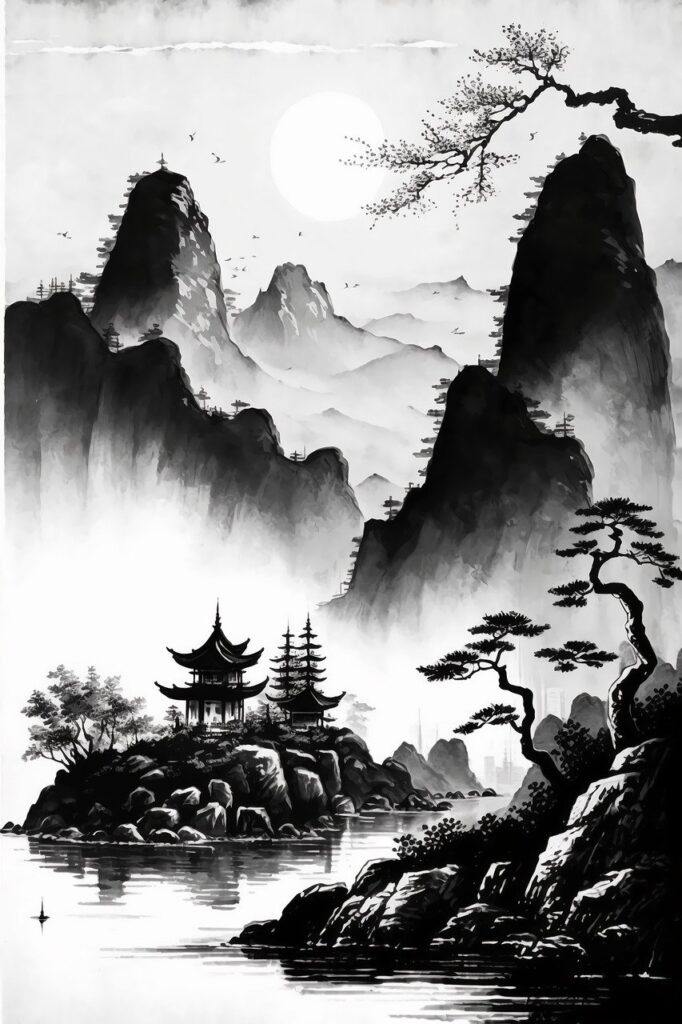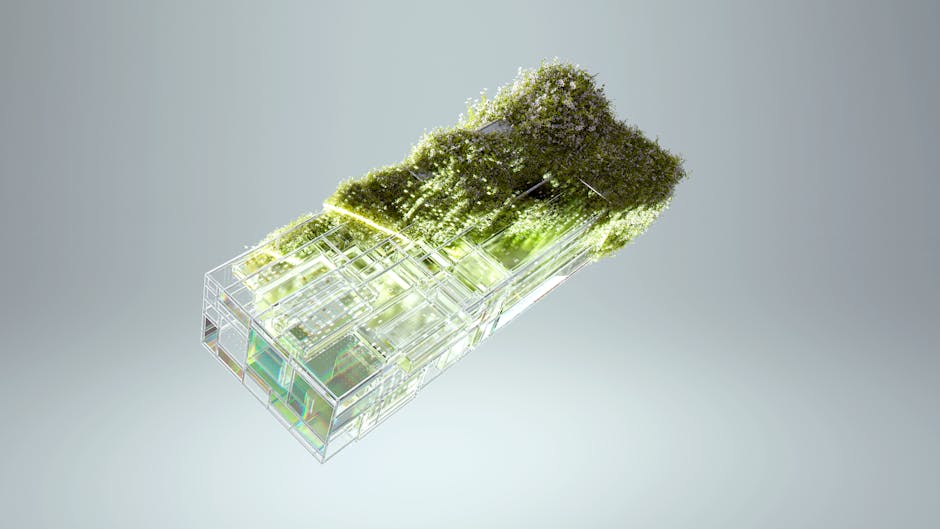Planning Your Poster
Before diving into the design process, start by determining the purpose of your poster. Ask yourself: What message do you want to convey? Who is your target audience? What is the desired outcome? Consider these questions as you brainstorm ideas and plan the layout of your poster.
Next, gather all the necessary resources for your design, including text, images, and graphics. If you prefer working with a ready-made layout instead of building everything from scratch, you can also use free printable poster templates to speed up your workflow and maintain a clean, professional layout.Make sure to choose highquality assets that are relevant to your message and visually appealing. Organize your content in a way that tells a cohesive story and guides the viewer’s eye through the poster.
Setting Up Your Design
To start designing your poster, open your preferred graphic design software. Create a new document with the dimensions suitable for printing, typically A3 or A4 size. Set the resolution to at least 300 dpi to ensure highquality printing.
Choose a color scheme that aligns with your message and brand identity. Consider using complementary colors to create visual contrast and cohesion. Experiment with different fonts to find the perfect combination for your text. Remember to keep the design clean and uncluttered to maintain visual hierarchy.
Designing Your Poster
Begin by laying out the text elements of your poster. Start with a compelling headline that captures the viewer’s attention and conveys the main message. Use bold and legible fonts for headings and subheadings, and choose a readable font for the body text.
Incorporate images and graphics that complement the text and enhance the overall visual appeal of the poster. Experiment with different layouts and placement to find the most aesthetically pleasing arrangement. Remember to leave enough white space to prevent the design from feeling overcrowded.
Adding Effects and Details
To make your poster stand out, consider adding effects and details to enhance the design. Experiment with drop shadows, gradients, and textures to create depth and dimension. Use overlays and transparency effects to blend images and text seamlessly.
Incorporate visual elements such as borders, frames, and shapes to create visual interest and guide the viewer’s eye. Experiment with different blending modes and layer styles to achieve the desired effect. Remember to keep the design consistent and cohesive throughout.
Finalizing Your Poster
Once you are satisfied with the design of your poster, take a step back and review it for any improvements or adjustments. Make sure all text is legible, images are highquality, and the overall layout is visually appealing. Seek feedback from others to get different perspectives before finalizing your design.
Before printing your poster, export the file in the appropriate format for printing, such as PDF or JPEG. Check the resolution, color mode, and bleed settings to ensure a smooth printing process. Consider working with a professional printing service for highquality results.
In conclusion, designing a poster requires creativity, planning, and attention to detail. By following these steps and incorporating graphic design techniques, you can create a visually stunning poster that effectively communicates your message and captivates your audience. Remember to experiment, stay true to your brand identity, and have fun with the design process. Good luck!




